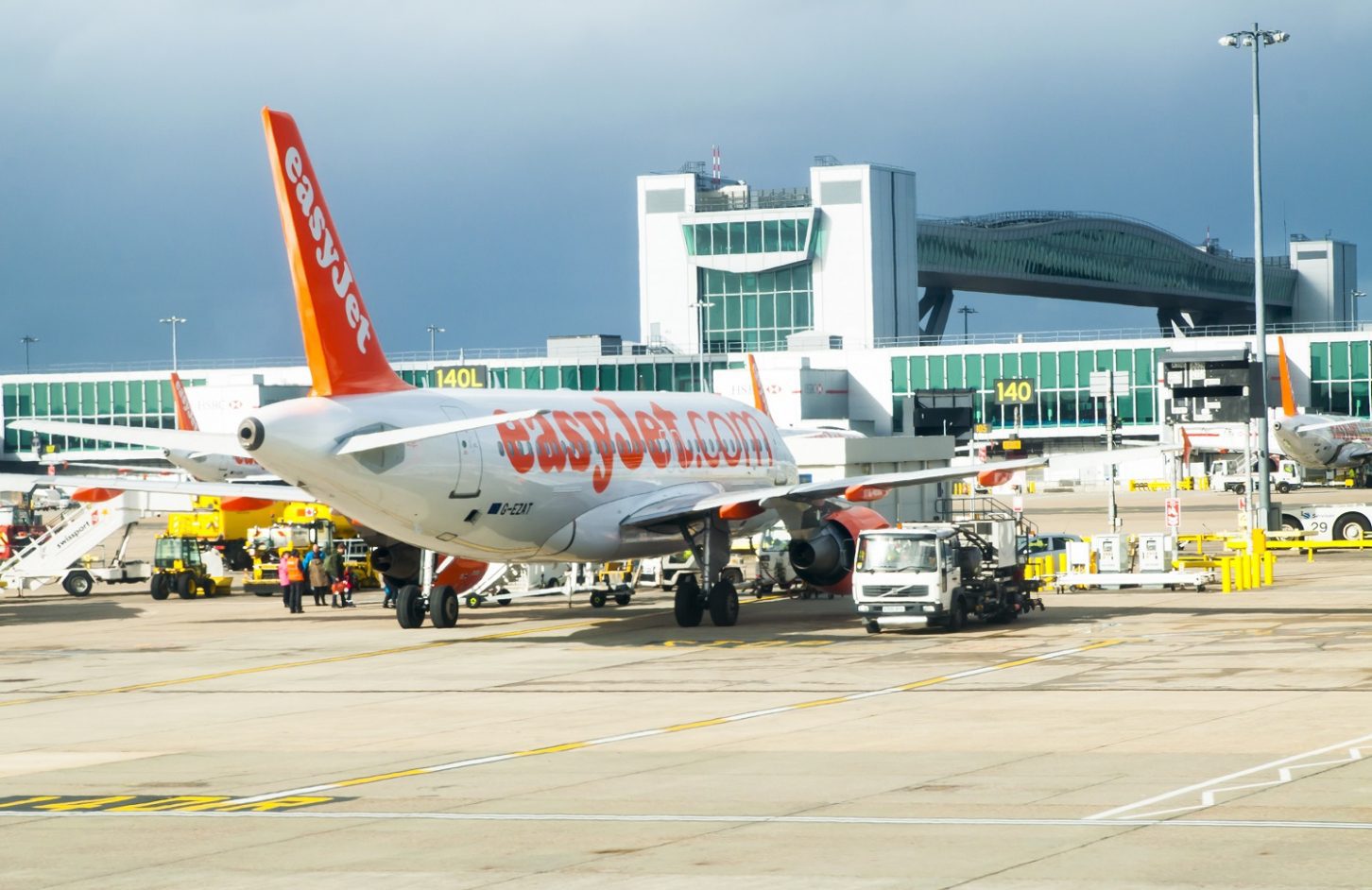Ian Stone, managing director UK & Ireland at Anaplan, discusses how airports are leveraging technology to streamline operations.
Wilbur Wright is famously quoted as saying: “There is no sport equal to that which aviators enjoy while being carried through the air on great white wings.”
When he and his brother pioneered the development of the first aeroplane, they must not have imagined how complex the flying experience would become.
Beyond getting passengers from A to B, airports and airlines are now also under pressure to deliver impeccable customer service, made more complicated by the rapid growth of the global travel scene.
Gatwick Airport for example, has experienced 36 months of consecutive growth in passenger numbers and serves over 40 million passengers a year, demonstrating the logistical pressure on today’s airports.
With an increasing market share at stake due to the proliferation of commercial offerings such as catering and duty free, it’s never been more important to keep the customer happy and be prepared for every eventuality.
A number of airports are achieving this through the adoption of cloud-based technologies, the use of which is playing a significant role in optimising day-to-day operations in airports all over the world.
Looking ahead – forecasting more than just the weather
Handling 41 million passengers every year across 52 airlines, on a single runway is no easy task.
Consumer preferences are difficult to keep up with at the best of times and air travel is no different, with travel habits impacted by weather, currency fluctuations and a range of other socio-economic factors.
Given these permutations, it is vital that airports are able to quickly forecast intricate scenarios involving the billions of combinations of passenger and flight data they collect, in order to appropriately prepare for whatever comes their way.
We recently worked with Gatwick to enhance and simplify their complex demand planning system, allowing them to forecast circumstances days, months or years in advance in real-time.
By having one source of passenger information in a centralised hub, major airports have the ability to run scenario simulations, tailor budgets and implement long-term planning to stay ahead of the game.
Using your greatest resource – tailoring the airport experience
As we have established, a resource airports have in abundance is passengers, so why not take advantage of this and the data they provide?
Airports are also opting to use business intelligence and data analytics, increasingly in the form of cloud-based as-a-service models, to create a personalised experience for each customer.
By analysing accrued data around customers, whether via social media posts or booking preferences, airports can tailor services to the individual, ultimately improving customer loyalty and consequently the bottom line.
Furthermore, airports such as Amsterdam Schiphol, Copenhagen and Oslo are using sensors to track passenger movement through the various stages of their journey, allowing information to be collected on passenger speed and flow across the airport.
Insights such as these are critical to informing airport decision making, such as the number of staff required at key areas such as check-in desks and baggage handling.
The key benefit to co-ordinators here, is that via a cloud-based system, these insights can be collected on one central and easily accessible hub – empowering staff across the business to make relevant, real-time decisions.
Aircraft analytics – smoothing out the operation
Of course, the number of passengers also means that the rocketing amount of aircraft traffic can also be leveraged.
Thousands of flights take off and land at UK airports every day, providing ample opportunity to collect data that can inform future operations.
For example, delays in airports worldwide can often be attributed to the time it takes for planes to taxi to and from the runway, a piece of the puzzle often neglected in the shadow of take-offs and landings.
Through analysing data on taxiways, airports such as Manchester are modelling and predicting taxi times, allowing them to change when and where they direct planes, see which routes and schedules work best and ultimately improve the customer experience and even pollution levels.
If airports are to take advantage of the rapidly growing revenue share associated with increasing global traffic, passengers need to enjoy their experience and be given a reason to come back.
The key to doing this is being prepared for any eventuality, whether related to evolving customer demands or changing corporate travel policies.
Implementing cloud-based forecasting and analytics is an important strategic move, connecting operations across the airport to make them more efficient and leaving the passenger to focus on enjoying the flying experience as much as the Wright brothers once did.

